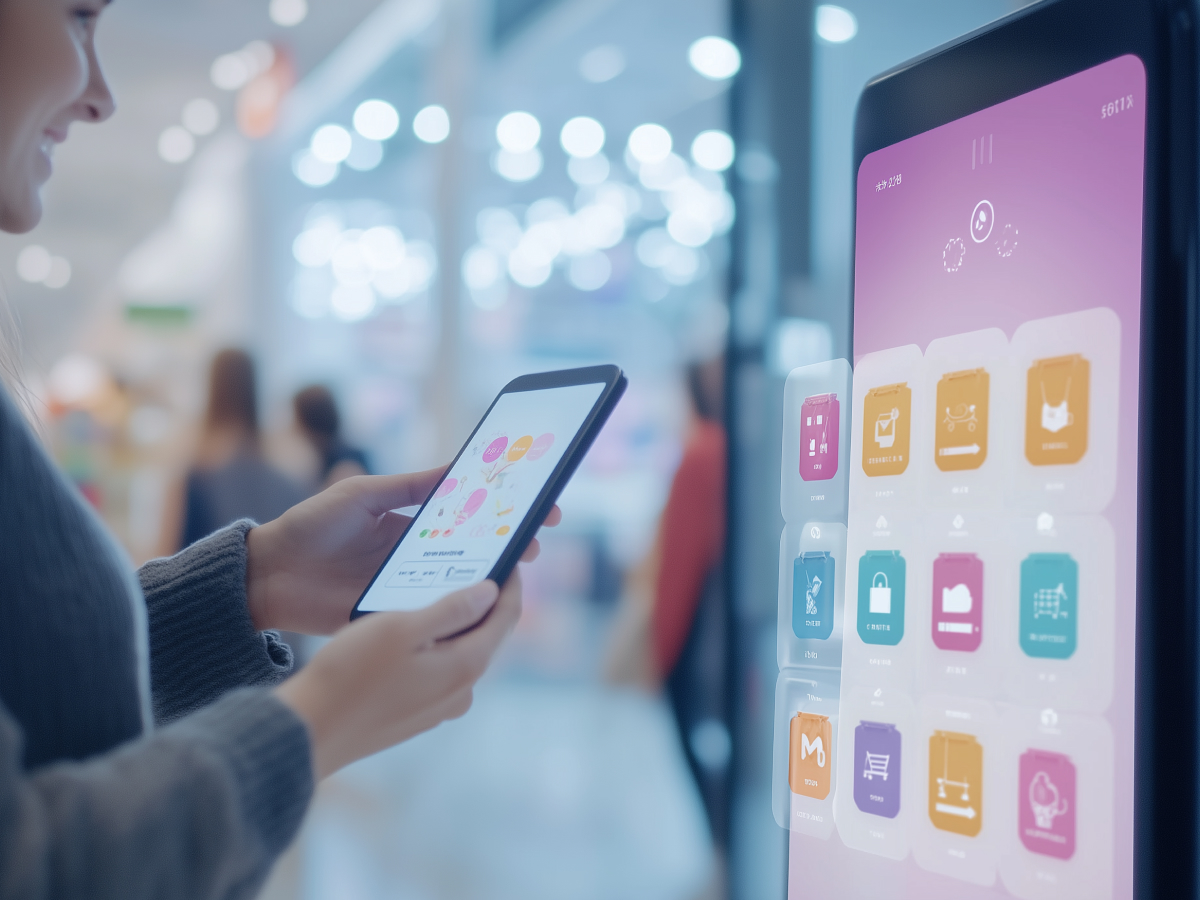Customer experiences need to prioritize seamlessness and flexibility
The modern customer experience is all about choice, convenience, and personalization. Today, we’re operating in an interconnected world where the lines between digital and physical are blurred. Customers no longer care whether they’re in a store, on an app, or scrolling through social media. What they do care about is a smooth, hassle-free experience across every touchpoint.
Businesses must adapt by offering a range of shopping methods. Whether it’s browsing shelves in a physical store, clicking through an online platform, exploring marketplaces, or engaging through social media, flexibility is key. But flexibility is also about how customers get their purchases. Home delivery, curbside pickup, and in-store collection are now expected.
In order to deliver on these expectations, businesses need to integrate physical and digital channels effectively. Omnichannel strategies are the framework for future growth. The bottom line? Businesses that succeed in 2025 will be the ones that master this balance, delivering products and experiences tailored to every individual.
Accessibility standards will tighten
Accessibility is a moral and strategic imperative. Recent updates to Title II of the Americans with Disabilities Act (ADA) now require state and local governments to make sure their digital services are accessible. Hospitals and healthcare providers are under similar mandates, with compliance deadlines set for April 2026.
For businesses, this means embedding accessibility into every aspect of their digital strategies. From websites to mobile apps, accessibility should be a core consideration, not an afterthought. The industries that take proactive measures now will be the ones leading the charge.
But why stop at compliance? Embracing accessibility brings a broader and more inclusive audience. It improves user experience across the board. Differentiation is key and this could be the edge your business needs.
AI will change live event personalization
Live events are becoming smarter, more interactive, and infinitely more engaging, thanks to AI. While you’re enjoying a show, AI is working behind the scenes to make sure every moment feels tailored to you.
AI automates key tasks like real-time captioning and translation, making events accessible to global audiences. But that’s just the start. Predictive analytics and gamification keep viewers engaged, while real-time personalization makes sure content aligns perfectly with individual preferences.
The big thing here is sentiment analysis. AI will adapt content dynamically based on audience reactions. If people are losing interest, AI adjusts the narrative. It’s a level of customization that will define the live events of the future.
Image recognition will improve consumer interactions
Imagine walking down the street, spotting an ad for a product, snapping a photo, and instantly receiving all the information you need on your phone. By 2025, tech like this will be how brands interact with consumers.
Ads and visuals will become actionable touchpoints, creating pathways for consumers to explore and purchase products. No more clunky QR codes or manual searches. This technology will make interactions intuitive and frictionless.
The implications are enormous. Brands can turn everyday visuals into powerful engagement tools, and consumers will appreciate the simplicity. It’s a win-win scenario that sets a new standard for customer experience.
Marketers will diversify channels to mitigate brand safety risks
Social media platforms have been marketing powerhouses, but they’re no longer risk-free. Platforms like X/Twitter and TikTok face increasing scrutiny over content moderation and brand safety. These concerns will push marketers to diversify their advertising strategies.
Direct mail, a seemingly old-school tactic, is making a comeback. Why? It’s tangible, measurable, and safe. In a market where digital ads can appear next to questionable content, direct mail offers control and predictability. Postcards, catalogs, and other offline channels will gain popularity as brands look to sidestep the noise of online advertising.
Diversification is key here. Brands that rely solely on digital platforms risk alienating their audiences. When spreading their efforts across multiple channels, marketers can protect their brand integrity while still reaching their customers effectively.
Loyalty programs will drive customer acquisition and retention
Brands are reimagining loyalty programs to help them stand out in industries where differentiation is minimal, like telecommunications.
Partnerships will play a key role in this evolution. Companies will collaborate to offer exclusive benefits and deals, attracting customers away from competitors. For instance, if two brands target similar audiences, a joint loyalty program can multiply their appeal.
In order to win in 2025, brands must see loyalty programs as more than just point systems. They’re powerful tools for building relationships, gaining market share, and creating unforgettable experiences.





